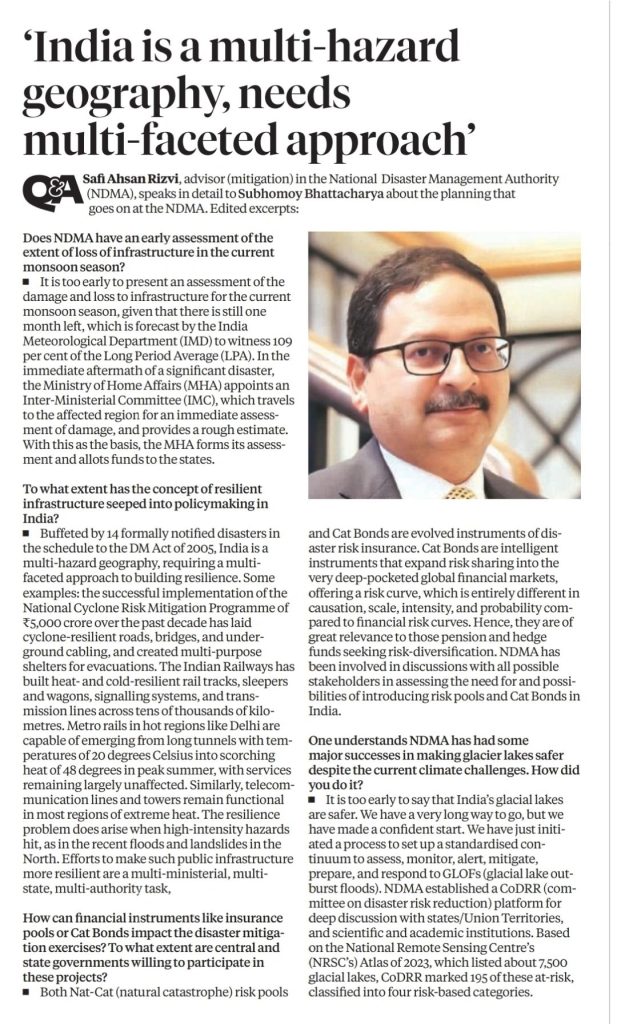National Disaster Management Authority (India)
Multi-hazard Phenomena of India
Out of the 36 States and Union Territories in India, 27 are hazard-prone, with about 58.6% of the landmass being prone to earthquakes, 12% to flooding, and 15% to landslides, respectively . Out of 7516 km of coast, 5700 km are vulnerable to cyclones and tsunamis

https://imdpune.gov.in/hazardatlas/floodnew.html
https://imdpune.gov.in/hazardatlas
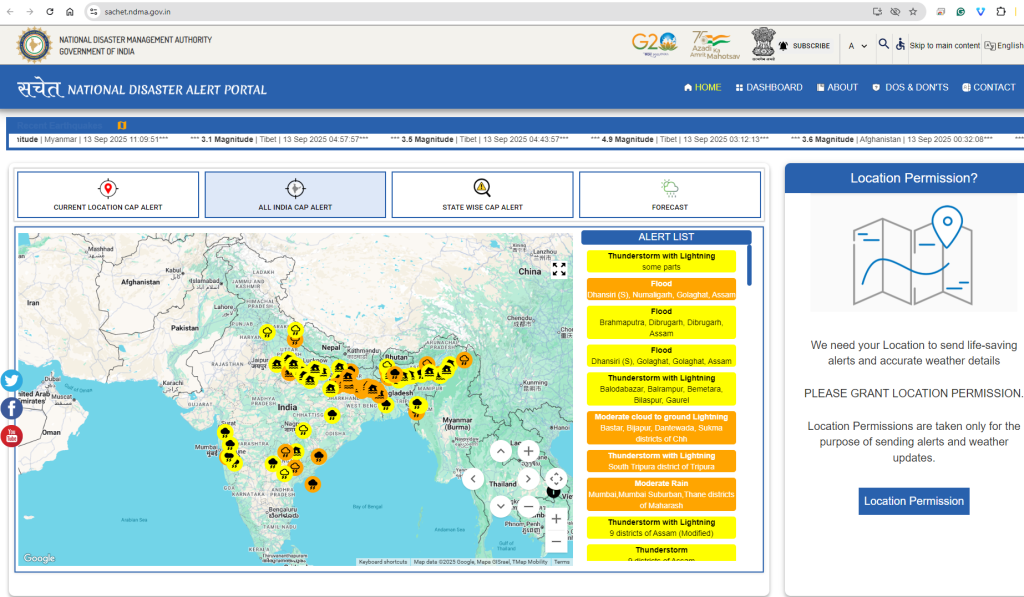
It is strongly advisable to the Nodal agency, NDMA, that your website is running very slowly, and users can hardly access online resources at https://ndma.gov.in. Please optimize your portal with a high-configured server and high-speed internet bandwidth, as this is a national priority.
https://ndma.gov.in/Governance/Guidelines
Hydromet Observation Infrastructures in India
- India Meteorological Department (IMD) Doppler Weather Radar (DWR) Network … In QGIS, these maps are visualized along with the IMD DWR network.
IMD DWR Network
| S No | DWR Station | State | Type of DWR |
| 1 | Agartala | Tripura | S – Band |
| 2 | Bhopal | Madhya Pradesh | S – Band |
| 3 | Bhuj | Gujarat | S – Band |
| 4 | Chennai | Tamil Nadu | S – Band |
| 5 | Cherrapunjee (ISRO) | Meghalaya | S – Band |
| 6 | Delhi (Palam) | Delhi | S – Band |
| 7 | Panaji | Goa | S – Band |
| 8 | Gopalpur | Odisha | S – Band |
| 9 | Hyderabad | Telangana | S – Band |
| 10 | Jaipur | Rajasthan | C – Band |
| 11 | Kolkata | West Bengal | S – Band |
| 12 | Kochi | Kerala | S – Band |
| 13 | Karaikal | Tamil Nadu | S – Band |
| 14 | Lucknow | Uttar Pradesh | S – Band |
| 15 | Machilipatnam | Andhra Pradesh | S – Band |
| 16 | Mohanbari | Assam | S – Band |
| 17 | Mumbai | Maharashtra | S – Band |
| 18 | Nagpur | Maharashtra | S – Band |
| 19 | New Delhi (Mausam Bhawan) | Delhi | C – Band |
| 20 | Paradip | Odisha | S – Band |
| 21 | Patiala | Punjab | S – Band |
| 22 | Patna | Bihar | S – Band |
| 23 | Srinagar | Jammu and Kashmir | X – Band |
| 24 | Thiruvananthapuram (ISRO) | Kerala | C – Band |
| 25 | Visakhapatnam | Andhra Pradesh | S – Band |
Met Stations

Dynamic Prediction of Lightning Flash Count

Wind Hazard Map
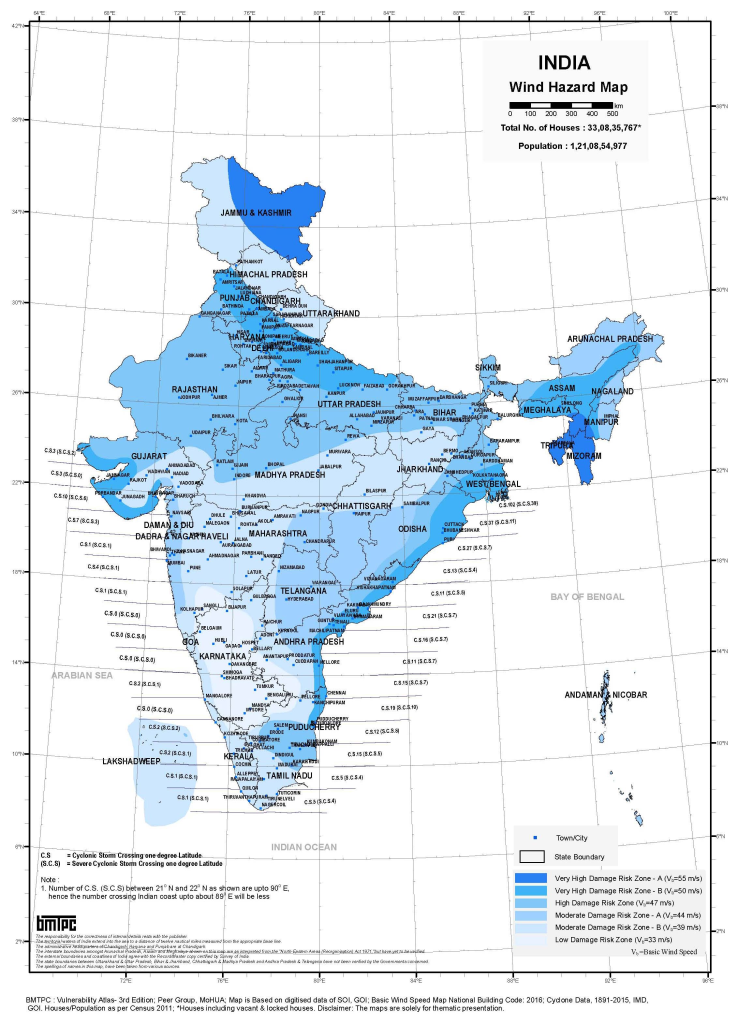
Earthquake Hazard prone area Map
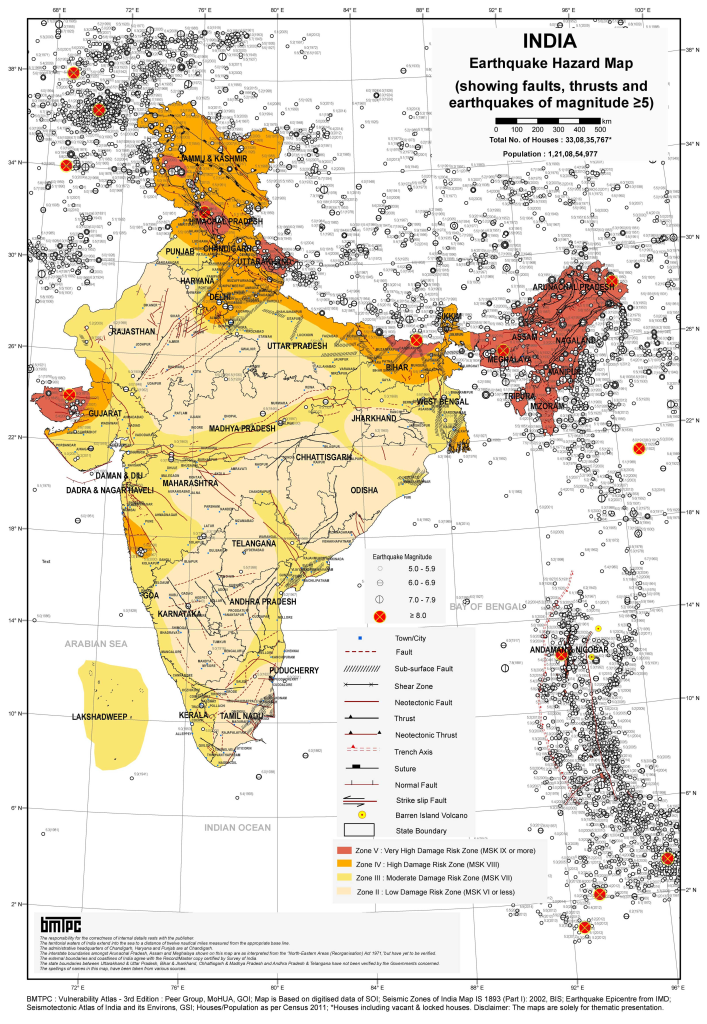
Flood Prone Area Hazard Map
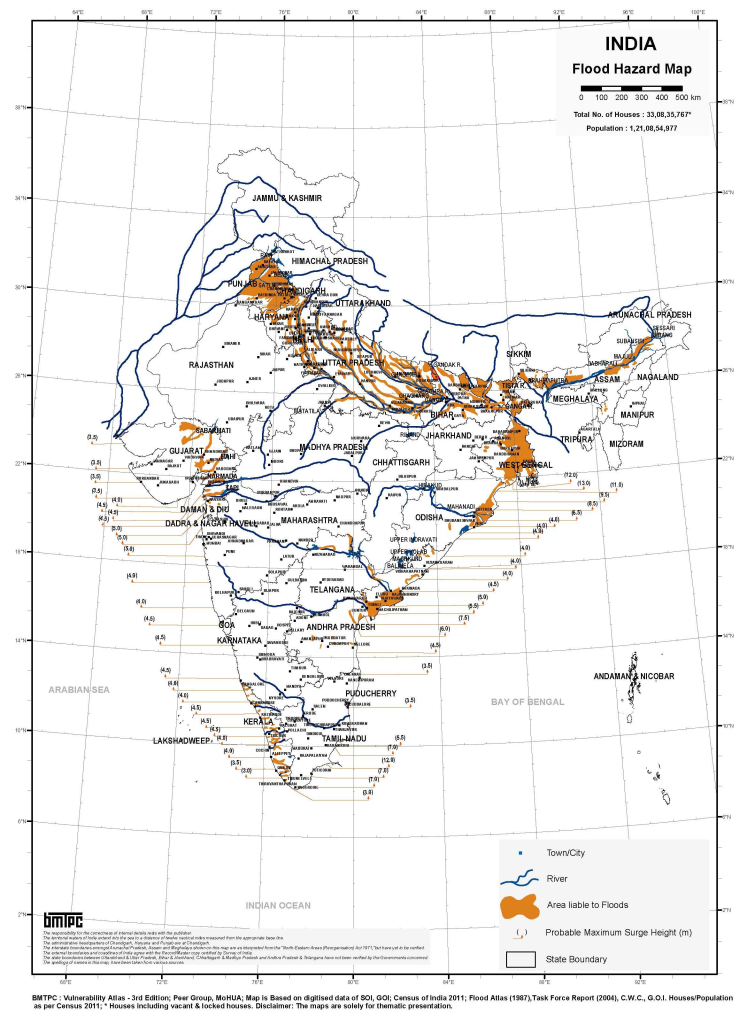
Landsline hazard prone area
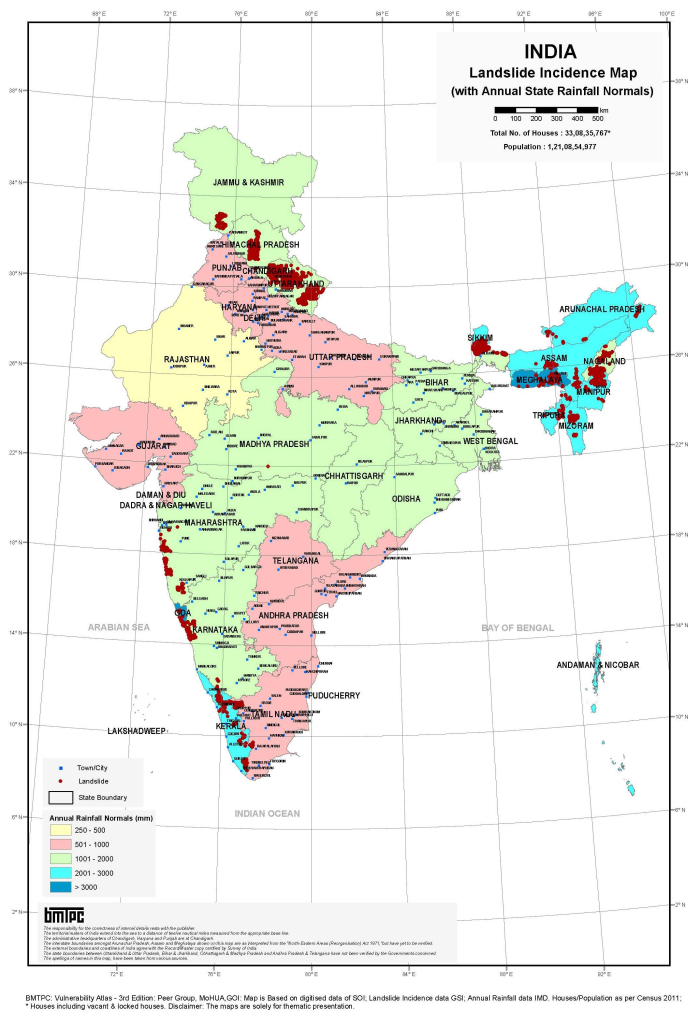
Cyclone vulnerable area
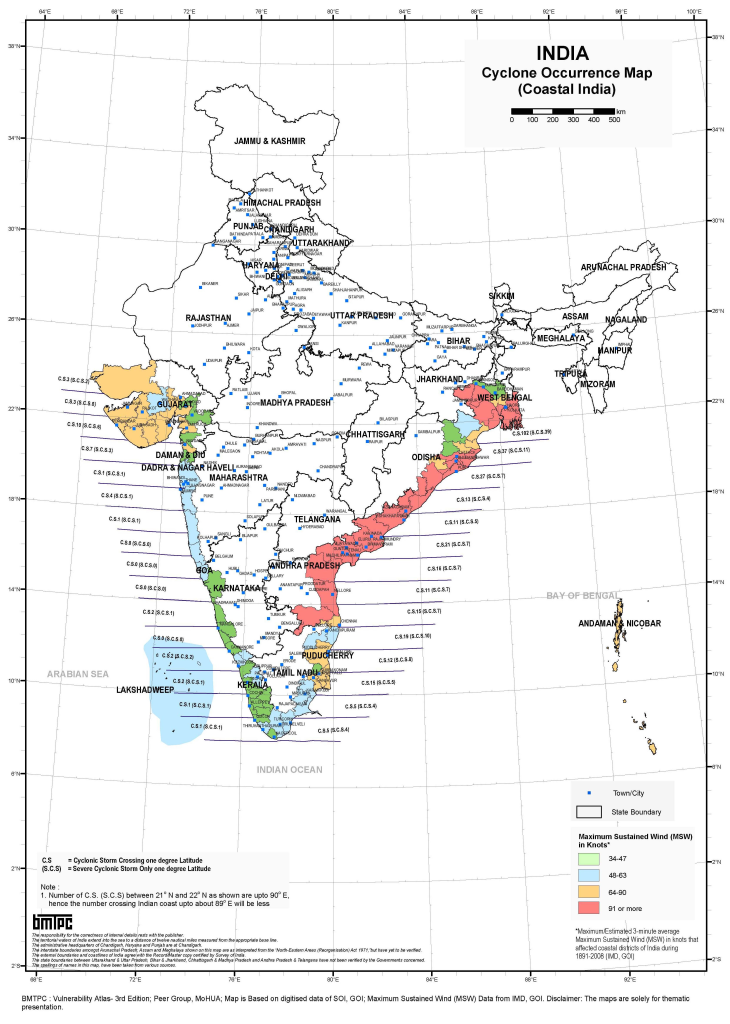
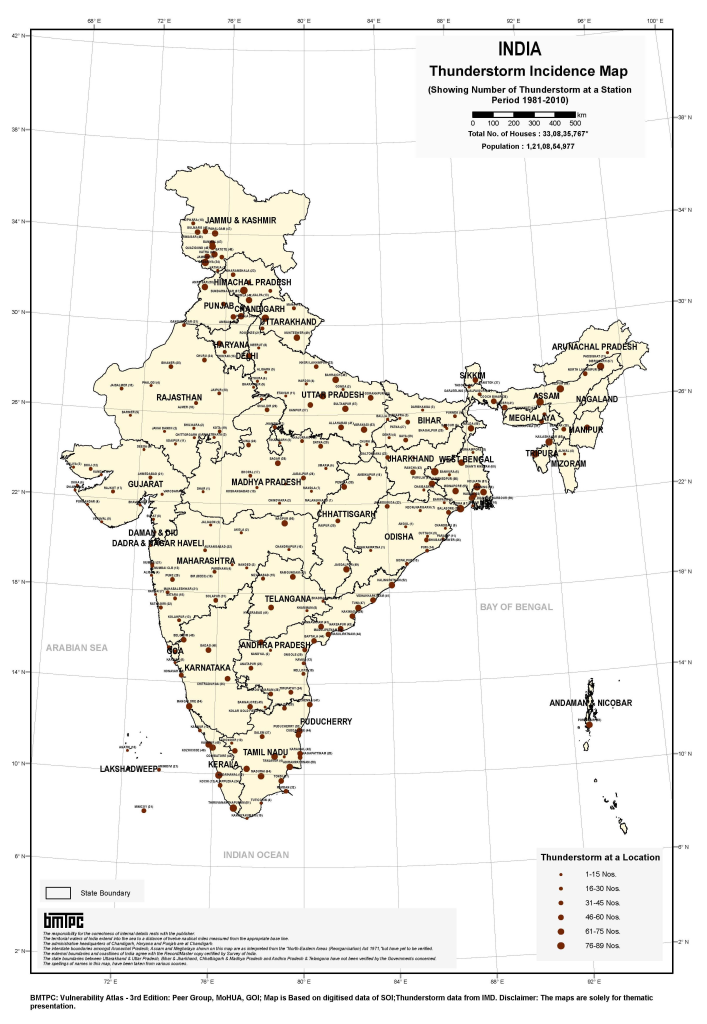
Earthqhake Hazard Prone area
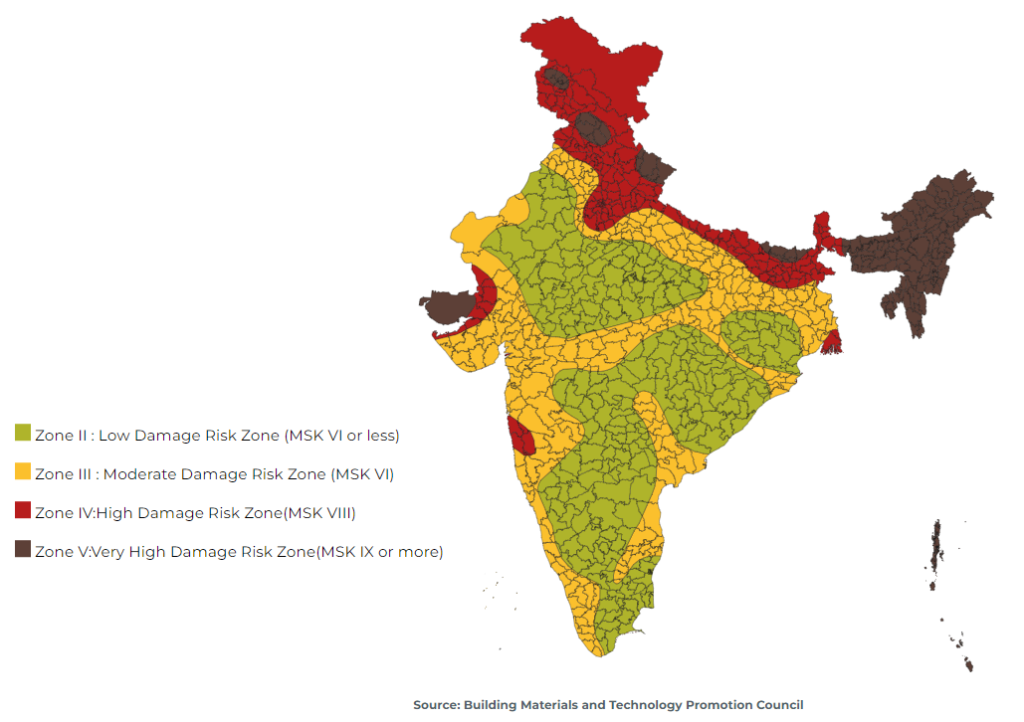
Indian Lighting Detection Network
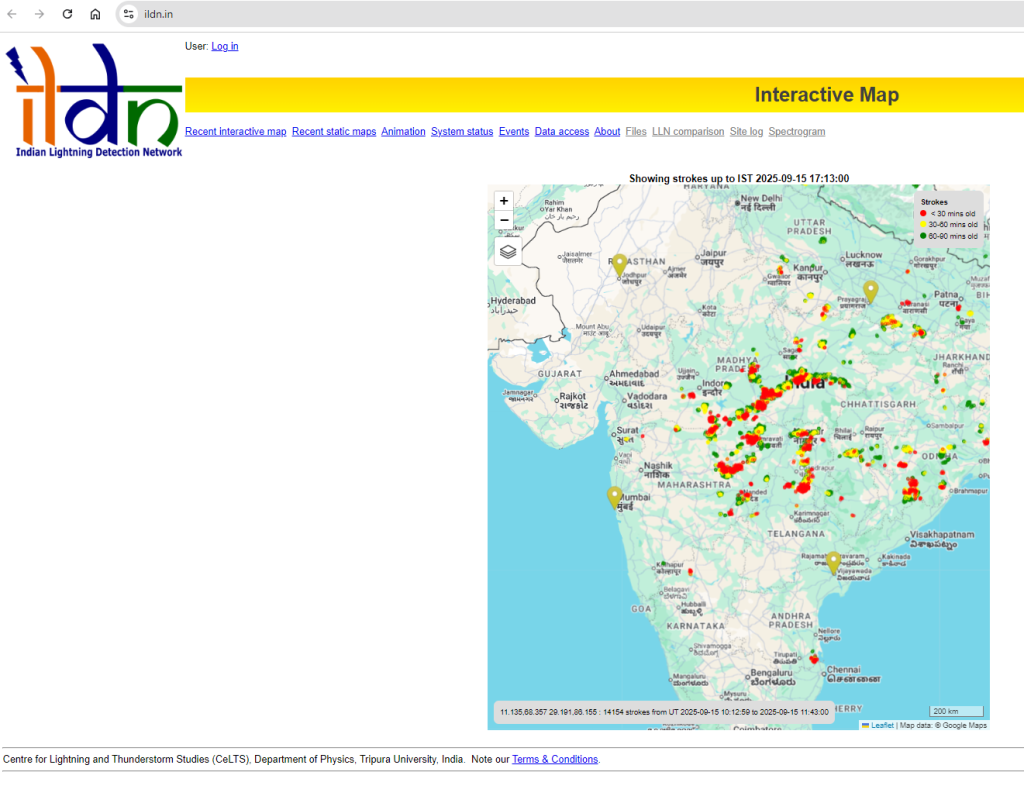
Indian ISRO Running Essential Climate Variables (ECV) Visualization Geoportal ( Realtime Visualization )
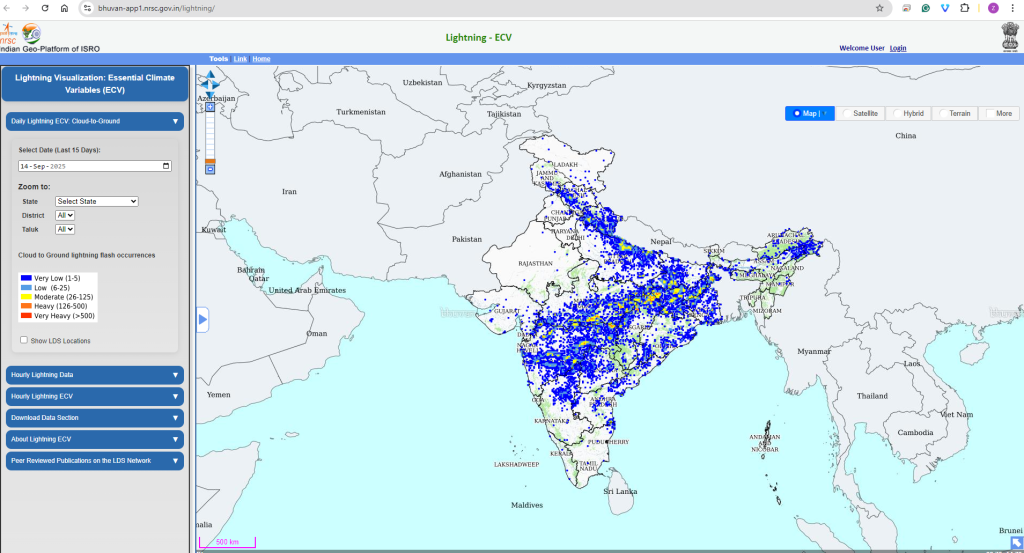
INDIAN INSTITUTE OF REMOTE SENSING– Indian Space Research Organisation
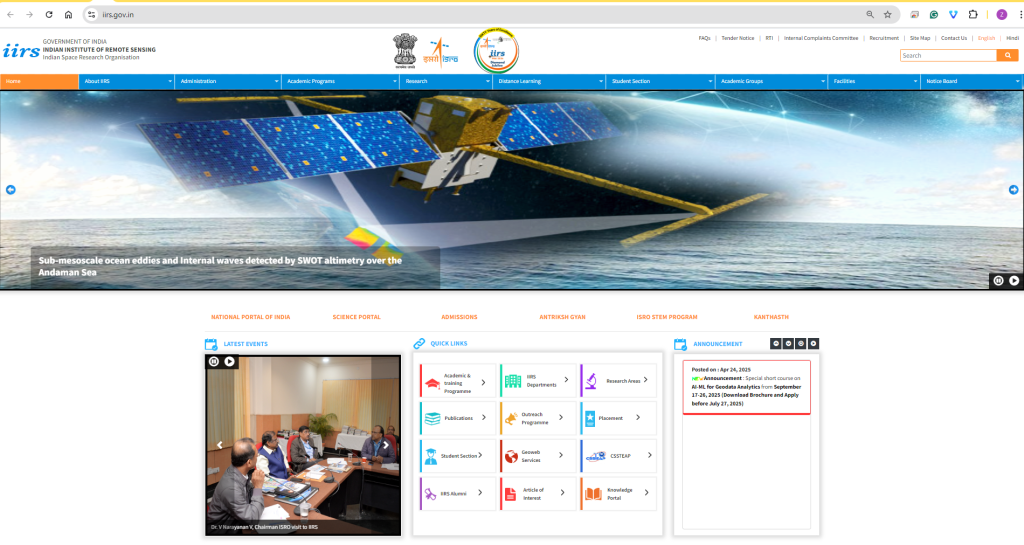
Expert comments :
